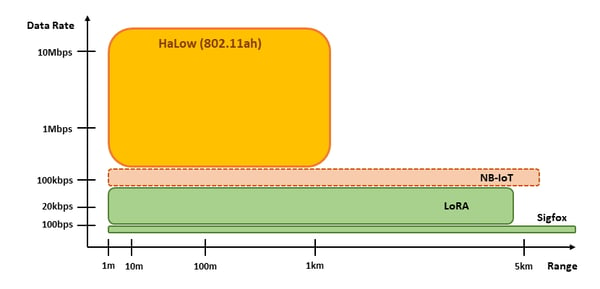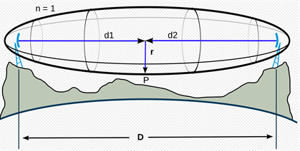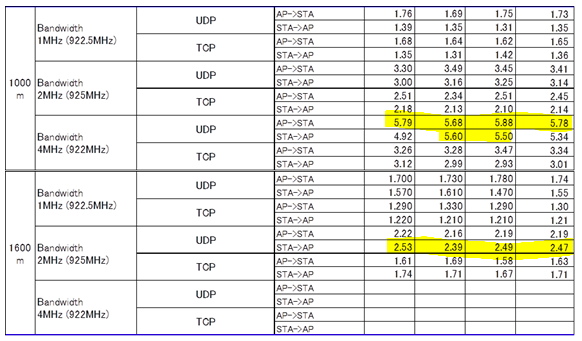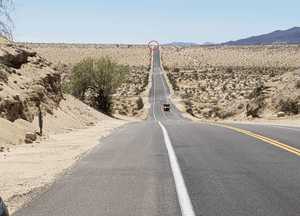Posted by Babar Hashim, December 1, 2020
How far can 802.11ah can go before the connection is 'Dead'?
Earlier this year, Silex Technology launched the industry's first 802.11ah capable module. One of technology's core benefits is the superior range characteristics that make it very competitive against other low-power wide-area networks (LPWAN) technologies like LoRa, SigFox, etc. There have been many research articles on how far the 802.11ah range can go. It is estimated to cover over several miles.

The Real World Test
At Silex, we decided to go out to a desert and run performance/throughput tests at max Power with 1 MHz channel width to determine 'how far' we can go before the connection is 'dead.'
To make this a fun activity, we started a pool where the employees placed virtual bets to guess the range, and the closest to the actual result would win. There was a good spread. We had people thinking from 100m to 8000 meters.
One of our engineers used Friis's equation to garner an estimate:

PR = Power available from receiving antenna
PT = Power supplied to the transmitting antenna
GR = Gain in receiving antenna
GT = Gain in transmitting antenna
λ = wavelength, where λ = c/f, c = speed of light, f = frequency
d = Distance
c = speed of light
n = Spatial coefficient
He was able to solve for "d" and estimated that the range would be around 2393m. How close do you think this estimate would be in real-world testing in a desert?
The Result and our Conclusion
We went out to the desert to conduct some testing. It is here that it became apparent to us that this is a long-distance technology. We set the transmit Power to 23dbm, and we tried to clear out what we call the Fresnel Zone. We had one SX-NEWAH evaluation Kit setup at the ridge showed in the picture, which was about 1790m away from where we were setup. There is a big valley between the two hills. At 1 MHz wide channel, we saw a throughput of 1.25 Mb/s, and at 4MHz wide channel, we were seeing a throughput of 3.4 Mb/s using bi-directional TCP traffic.

In our testing, we went out to a flat area about 100 feet below sea level. If we didn't stay in the Fresnel zone, it did affect the distances on how far we could go and still maintain a connection. Yes, it does penetrate, but we cannot expect full range unless you consider it in your design and testing.
From our testing based on the above numbers, we feel that 3km is well short of what you can do to design it right. We haven't gone out to the desert to prove this out yet. We recommend that users of 802.11ah technology consider this in your design as it will impact your application.
Summary data from our testing:

Key Takeaways:
- Over 5Mb/s at 1km distance.
- Over a mile with 3Mb/s throughput
- 10 square km range with single AP
- 802.11ah is a heterogenous Wi-Fi technology
- It uses the same tools, applications, and configurations as existing Wi-Fi.
- Keep the Fresnel zone in mind for "going the distance".
How did we test the connection and measure throughput?
We used iperf for our testing. To make it easier for our customers, we have already loaded the iperf tools in all our 802.11ah evaluation kits, the SX-NEWAH-EVK. To demonstrate how easy it is to use iperf, David Fu illustrates how to use the utility to conduct some raw throughput and speed of the newest Wi-Fi technology, 802.11ah.
- Iperf is pre-installed on the SX-NEWAH Evaluation kit, so you can use the equipment to run commands.
- This demonstration assumes that the two evaluation kits are pre-configured to AP and Station Mode.


